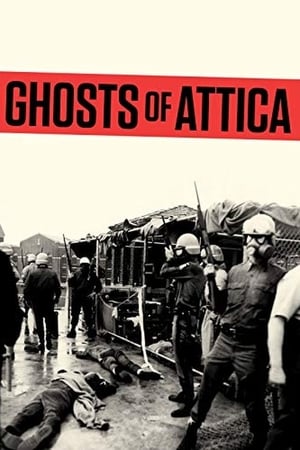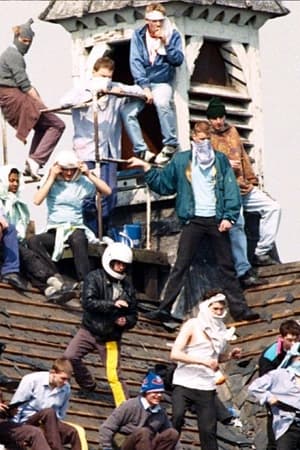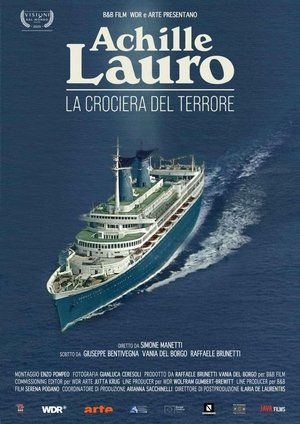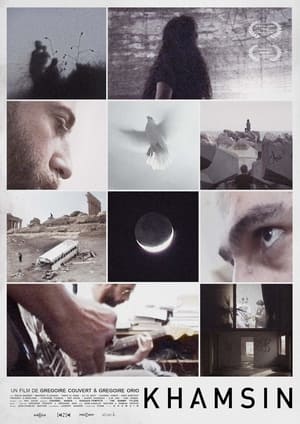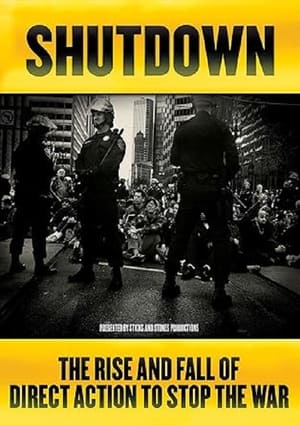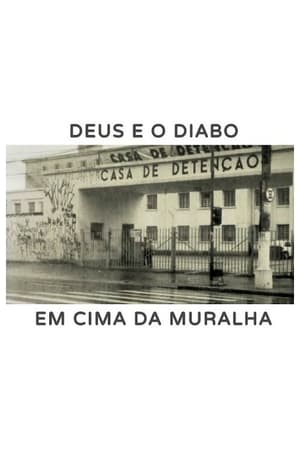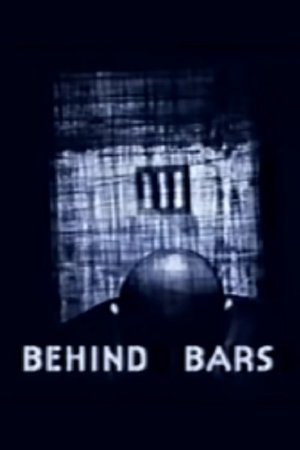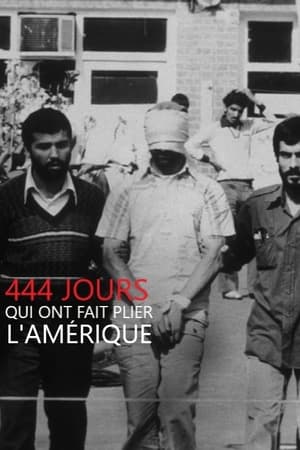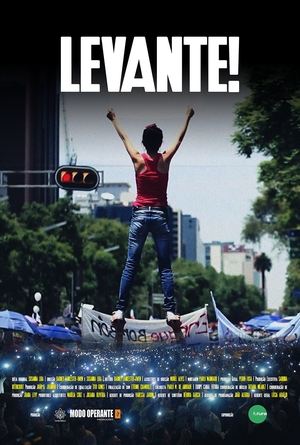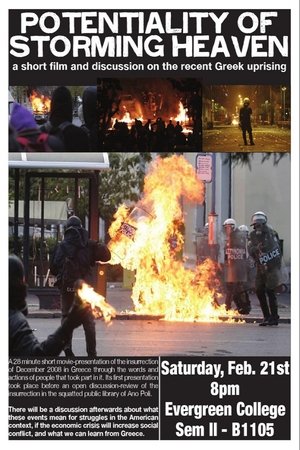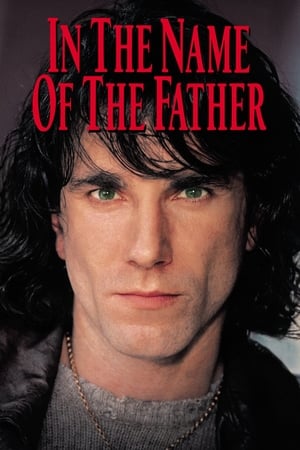Overview
Follows the largest prison uprising in US history, conducting dozens of new interviews with inmates, journalists, and other witnesses.
Reviews
This is a rather standard documentary telling of the revolt by prisoners of New York State's eponymous maximum security prison. Using a combination of newsreel archive footage and modern-day interviews, Stanley Nelson endeavours to explain just why this happened and what led to a final solution that shocked a nation. It's clear that tensions were running high between the inmates and those who were guarding them. A toxic environment of racism, bigotry and bullying set amidst some fairly abject squalor and, as just about everyone agreed, some inhuman conditions in which they were expected to live and work. The thrust of the piece deals with the attempts to negotiate a settlement that would see improvements made, amnesties given and 39 hostages released. It does have access to some of the now released prisoners but there are no contributions from anyone on the authorities' side which is a bit of a shame as the narrative tends to the lop-sided. We are encouraged to feel pity, even anger, for these appalling standards of living without ever really being aware of just why many of these 25-life characters were in there in the first place. What do we know of their own attitudes to treating others like human beings when they were perpetrating the crimes that caused their incarceration? Most seem to be African American so excuses are predictably made about upbringing and desperation, but these seemed to me more likely to empower a state to feel confident it's broader, law abiding and probably quick to judge population would support a more brutal solution rather than seriously consider a peaceable one. That's what I felt was missing here. There's no balance nor serious attempt by the film's makers to illustrate the rock and a hard place scenario this put prison governor's across the country in should one riot prove successful - especially on day 4 when one of the warders dies of injuries in hospital. On that latter point, there are some contributions from his family, and others, which does rather poignantly point out that no amount of money is going to compensate for a lost loved one, and in the end it rather left me with another clear indication that prison is not about rehabilitation, it's about control. This is too long, and could easily have been condensed down as the points it was trying to make, coupled with the factual elements of the incident itself, rendered it quite susceptible to repetition and quite a bit of one-sided speculation. Clearly being black in the USA in 1971 was still going to see you subject to persecution, humiliation and hatred but didn't we all know that already?

 117 min
117 min
 6.913
6.913
 2021
2021
 USA
USA
 CinemaSerf wrote:
CinemaSerf wrote:

